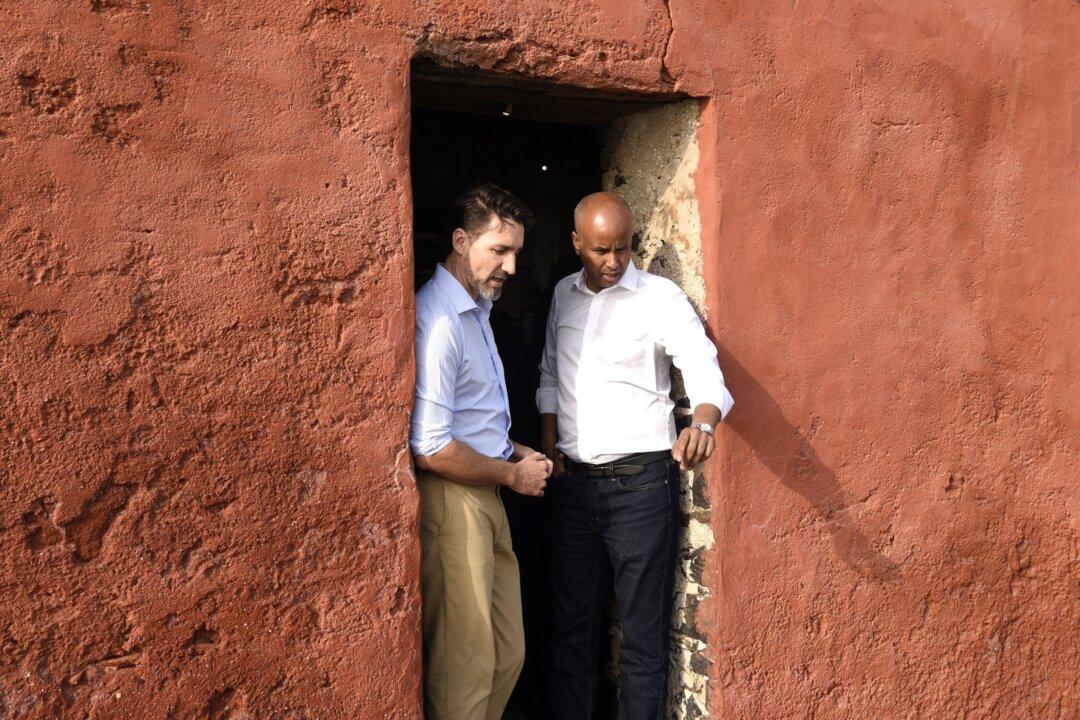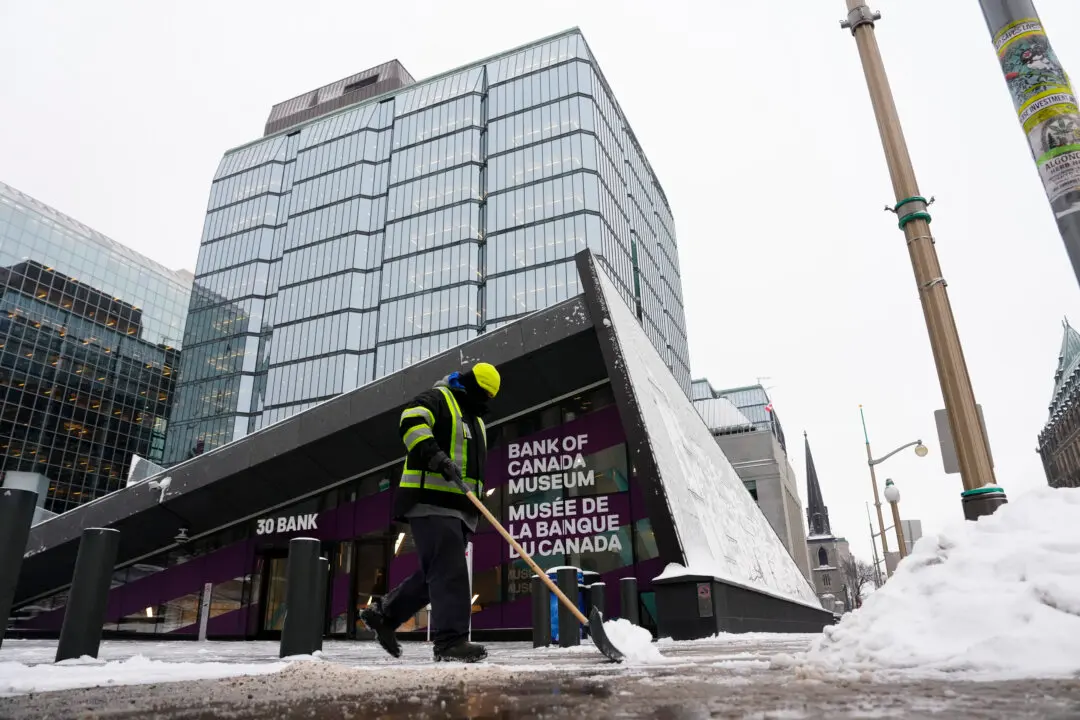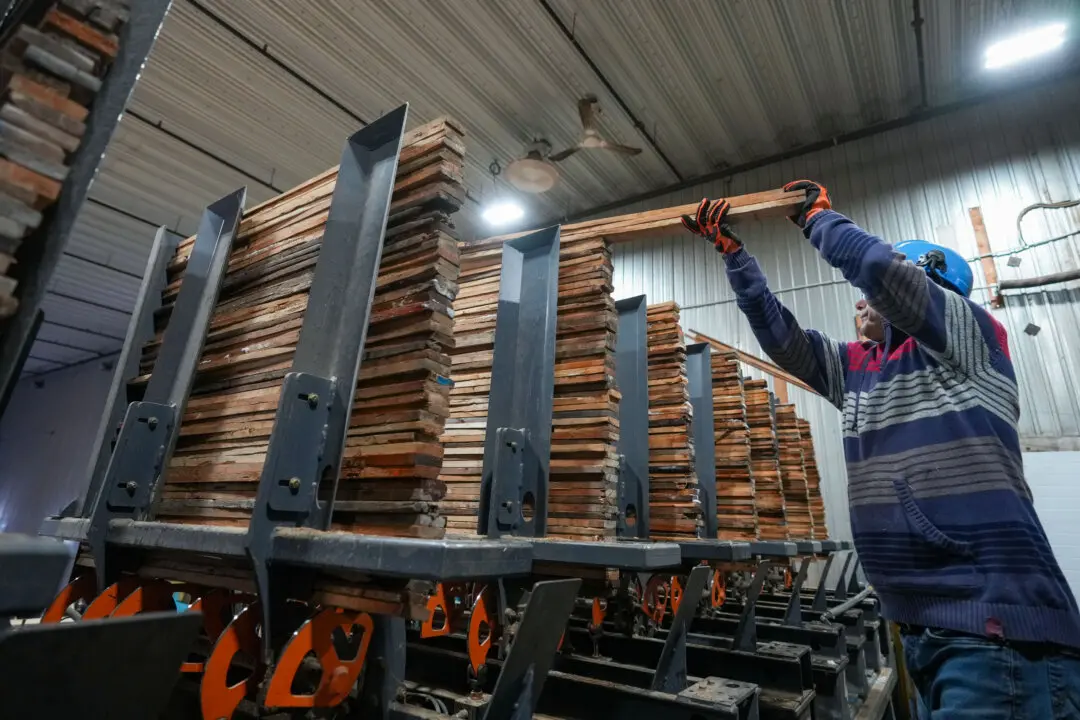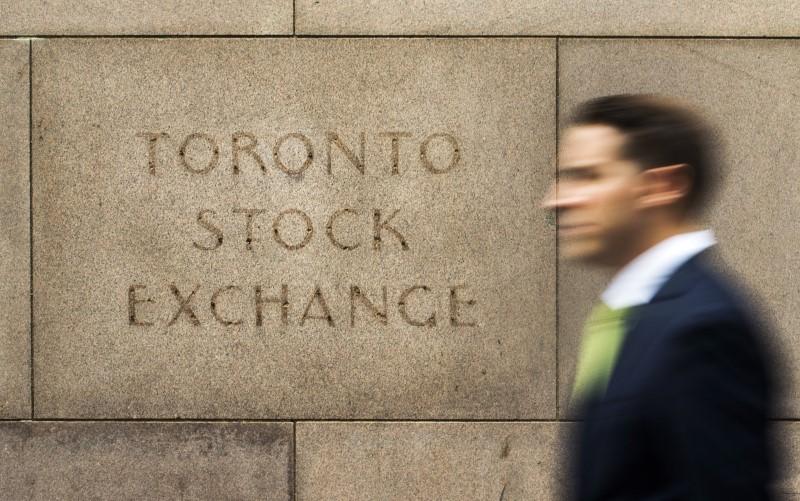Canada has consistently ranked as one of the most generous countries in the world when it comes to foreign aid, claiming seventh place in Official Development Assistance among OECD countries in 2023.
The country’s foreign aid for the 2022-2023 fiscal year topped $16 billion, or about a half percentage of the country’s total GDP, recently released aid data shows. The year’s aid had a sharp rise compared to the previous two years of approximately $8 billion annually, driven primarily by help for Ukraine refugees and asylum seekers.






